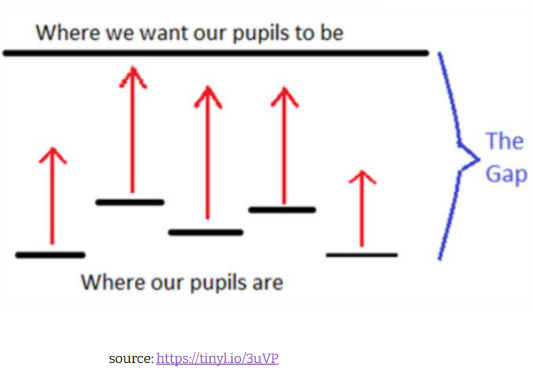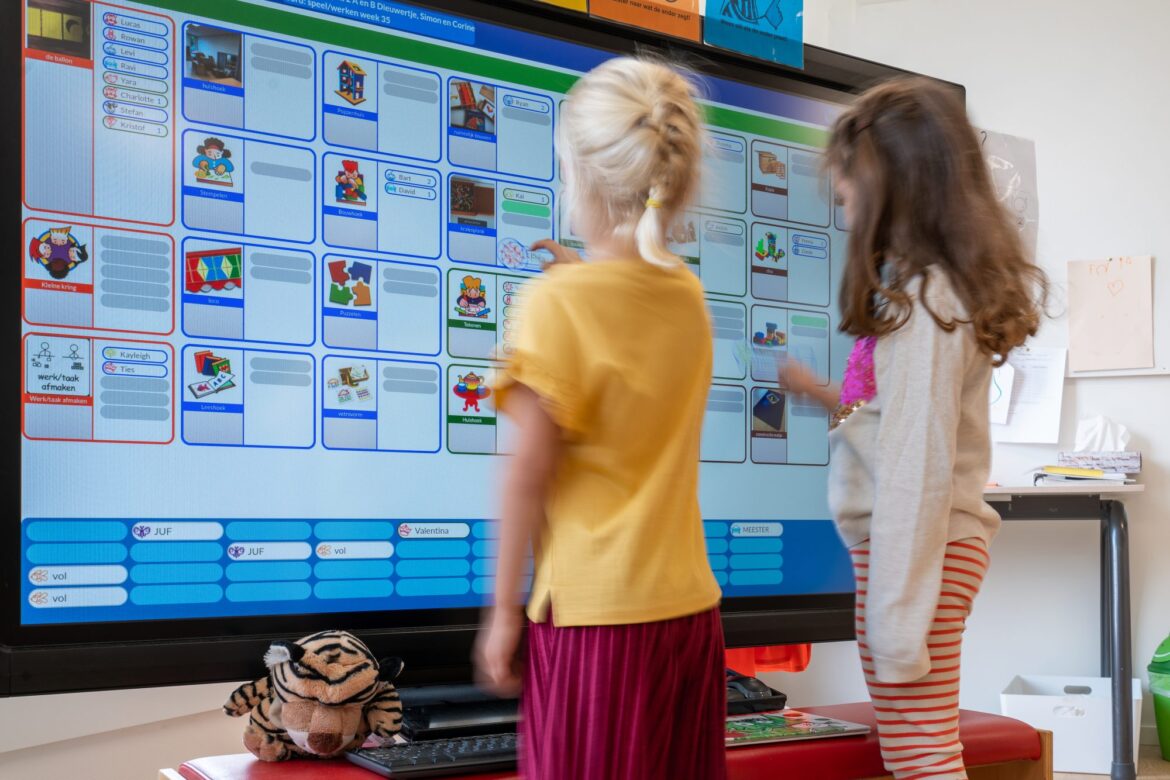Dear TCEA Responds:
Getting campus staff motivated is hard. I have been piggy backing off of Ali Worsham’s Tech Try-Athon. I have posted new “tries” in the faculty newsletter for a few weeks now.
A new project I’m jumping into is trying to decide what the our non-negotiables are for technology use in the classroom. The main focus of admin involves stirring up enough energy around interactive touch screens. What ideas do you have?
Thanks for any suggestions,
Juan
Dear Juan,
Thanks so much for sharing this request. Beginning with the end in mind is helpful when planning a lesson or motivating others.
“The illiterate of the 21st century will not be those who cannot read and write, but those who cannot learn, unlearn, and relearn.” – Alvin Toffler
It’s easy to get caught up in an activity that is engaging. Sometimes, you miss the big picture of how that activity moves students toward the end goal. When it comes to advocating for any technology, you have to ask yourself, “What’s the end goal?”
One way to do that involves adopting a process of some kind. For example, when advocating a specific technology, I take a step back. I ask a few questions from “Crucial Conversations” that I’ll share with you.
Question #1: How can I establish mutual respect?
This is what makes Ali Worsham’s work in the TCEA Community so powerful. It’s about building mutual respect. You also have to work hard at building mutual respect. Without it, nothing else will happen. Since our focus isn’t on mutual respect, allow me to recommend the next best thing: our instructional coaching content.
Question #2: How can I establish mutual purpose?
Establishing mutual purpose with educators and with administrators focuses on a simple question: “What are we all concerned about?” The answer to that is closing the achievement gap. That is, ensuring students move forward from wherever they are. Their end destination? The target learning objectives. This chart, which I borrowed from an online source, captures the dynamic:

Strategies like formative assessment are key. You need to gauge where the student is in relation to the end goal. As you might guess, that varies from student to student, which is why “personalized learning” is key. What’s tougher is getting the student to recognize what they need to move forward.
Your goal is to build on mutual respect and find mutual purpose (improving student achievement). Then, you need to ask one more question.
Question #3: How can I align our mutual purpose with my end goal?
Getting people to use technology is often a compliance issue. That is, your administrator wants you to get people to learn and use expensive tech when it’s often easier for people to keep doing what they are already doing. Worse, there’s usually research that shows what they’re already doing works. You have to extrapolate from that research to bring in something new, and that’s the same as vapor research – fake or “pop research.”
Popular research suggests the following about touchscreens:
- Facilitates collaboration rather than isolation
- Encourages movement (good for the brain) as students interact with the technology
- Ensures student engagement with a visual, interactive medium
- Using interactive touchscreens is fun and easy (source)
A more skeptical teacher would ask a few questions to counter pop research claims:
- How can I engage the whole class in collaboration rather than one or two small groups at the screen?
- Could I not use other less expensive technologies (or none at all) to get students moving and learning?
- Howard Gardener’s Theory of Multiple Intelligences (featuring Visual Learning) isn’t the latest science. How could I use strategies like retrieval practice, the jigsaw method, and classroom discussion in ways that engage all children?
- Some children do find new technologies fun and easy. Others are left behind. Either way, as a teacher, how much time will I have to dedicate to students learning this new technology in the classroom? Will that be a distraction from more evidence-based teaching and learning practices?
What you need to do is hitch new technology, even something as boring as interactive touch screens, to evidence-based instructional strategies. Ask, “How can these new technologies deepen the impact of what evidence-based strategies are already in actual use?”
Aligning Technology with Evidence-Based Practices
When technology use aligns with evidence-based practices, it’s hard to argue against its use. Of course, I might argue cost of the technology, but when interactive touch screens replace whatever was there before (e.g. digital projectors and screens), learning to use them is a necessity. There are several strategies that support teaching with interactive touch screens. It’s all in how you structure student learning activities. For example, Direct Instruction is one high-effect size instructional strategy you can use. Vocabulary Programs, Formative Assessment, and Retrieval Practice (a.k.a. Practice Testing) are others.
“The more you think about something, the more connections you make, the better your ‘learning.'”
@ImpactWales
The quote that appears on this ImpactWales diagram is powerful. You can see the rest below. These strategies are all about improving long-term information retention, or learning. They are not the end of learning but a solid foundation, to be sure.
I would ground your lessons and advocacy of interactive touch screens in those strategies. It’s better to do that than “sell it as a replacement” to old tech. There’s more energy on tap for improving student achievement than there is for replacing a pencil.

Children riding on a carriage hitched to a rocket
Image source: Bing AI Image Generator
Learn More
If you’d like to learn more, you can read articles on TechNotes regarding the research of John Hattie and evidence-based instructional strategies. You can also enroll in TCEA’s online, self-paced Evidence-Based Teaching course and the Assessment-Based Feedback course.

